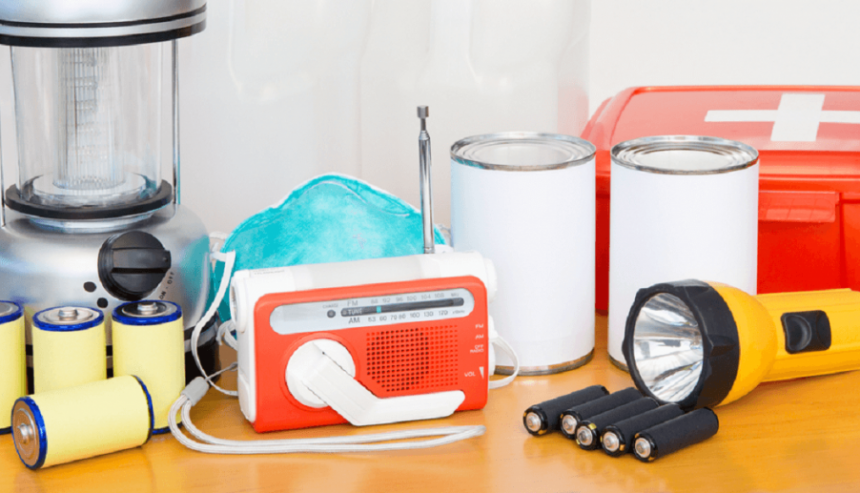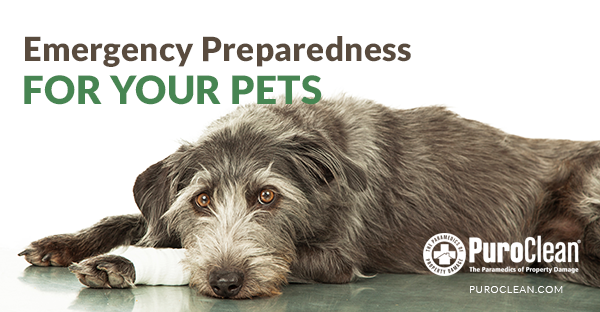
An emergency kit is a collection of basic supplies you and your family may need in the event of a disaster. The kit should contain food, water, and other items you may need to survive when you have to evacuate your home or live without basic services for several days. When a disaster strikes, you probably won’t have the time to gather all the supplies in a kit. Thus, it’s important to create the kit in advance and keep it in a safe but easy-to-reach place.
A basic emergency kit should include:
- Water for drinking and sanitation to last at least 3 days; one gallon of water per person per day should suffice; sick people, children or nursing mothers may need more water, though;
- Non-perishable food for at least 3 days; foods that make you thirsty should be avoided;
- A first aid kit that may include prescription medication, scissors, tweezers, cloth tape, antibiotic ointment, adhesive bandages, non-latex gloves, etc.;
- Hand crank or battery-powered radio (tuned in to NOAA Weather Radio), as well as spare batteries;
- Flashlight with extra batteries;
- Whistle to call for help;
- Dust mask, plastic sheeting and duct-tape for shelter making;
- Moist towelettes and garbage bags for sanitation;
- Pliers or a wrench to turn off utilities;
- Can opener;
- Local map(s);
- Cell phone with an extra charger.
Optional items to include in an emergency kit:
- Essential documents, such as IDs, birth certificates, bank account records or insurance policies;
- Extra clothes, warm blankets, and sleeping bags if the climate you live in is usually cold;
- An extra pair of glasses;
- Infant formula and diapers;
- Matches to light a fire;
- Personal hygiene items for women;
- Plastic plates, cups, and cutlery;
- Games, books and other items to pass time.
Other tips:
- Keep an emergency kit at home, work and in your vehicle in a designated place. At home, make sure all family members know where the kit is.
- Put the kit in one or more containers, such as a backpack or suitcase with wheels. Keep all sensitive items in the kit in airtight plastic bags to protect them.
- Keep the food in a non-humid, cool place. Replace any foods that have gone bad or cans that have swollen. Replace water and food supplies every 6 months.
- Throughout the year, maintain and update your kit, according to your family’s needs.
Remember that creating a family evacuation plan and preparing your home for emergencies are also very important in protecting your family and your property in the event of a disaster. For professional fire, smoke, flood or mold restoration services, contact PuroClean of Massapequa at (516) 604-1200.




 PuroClean of Massapequa
PuroClean of Massapequa